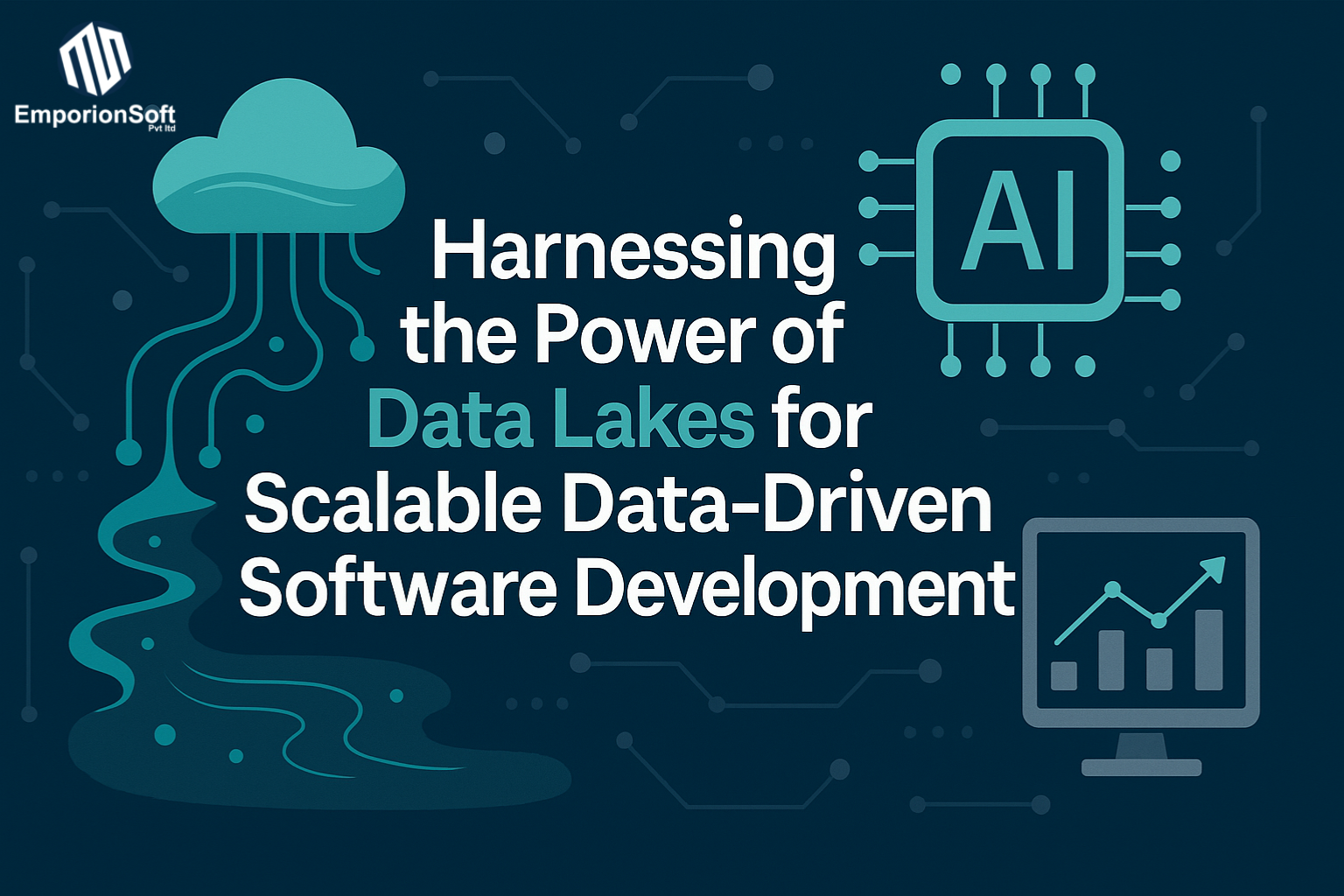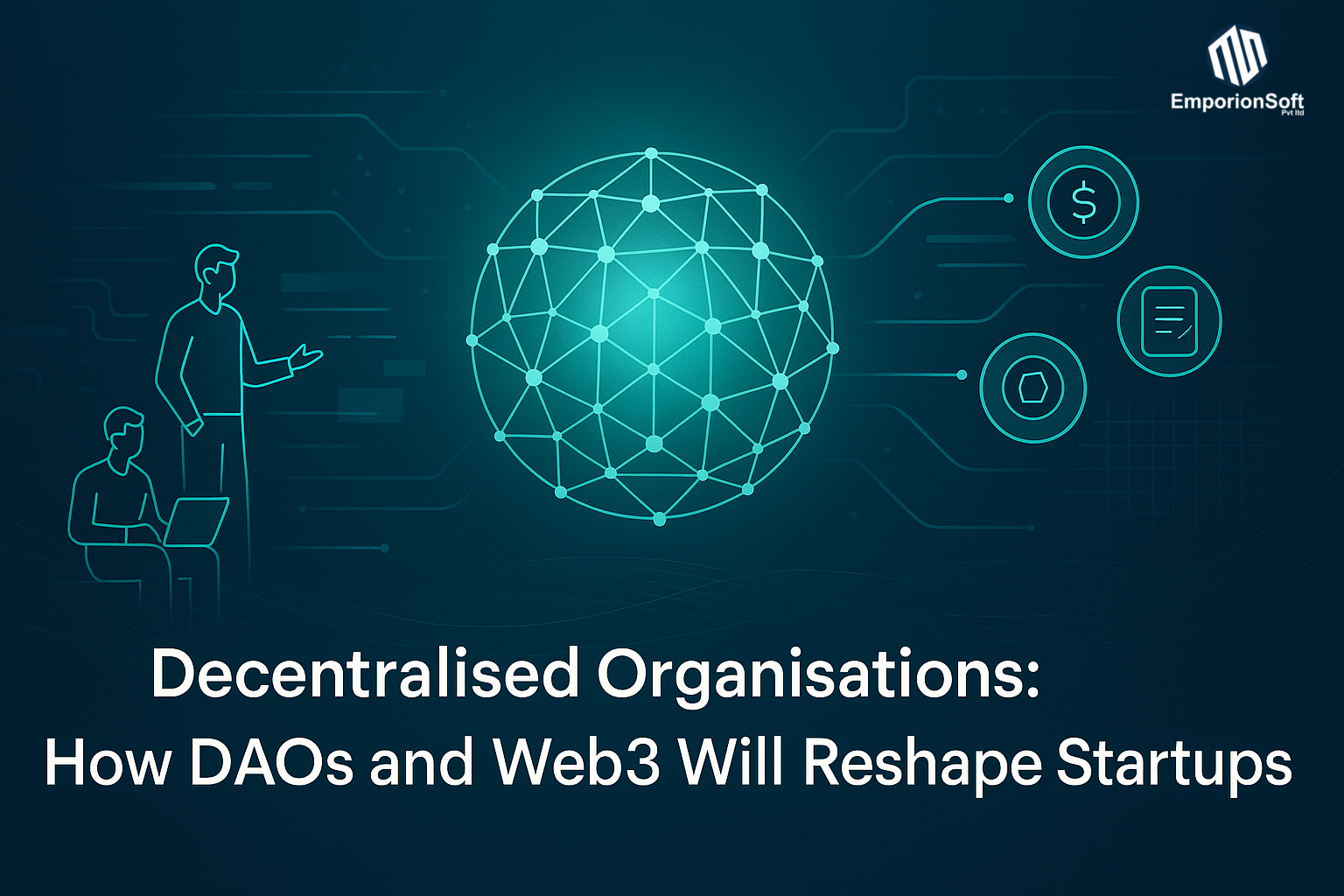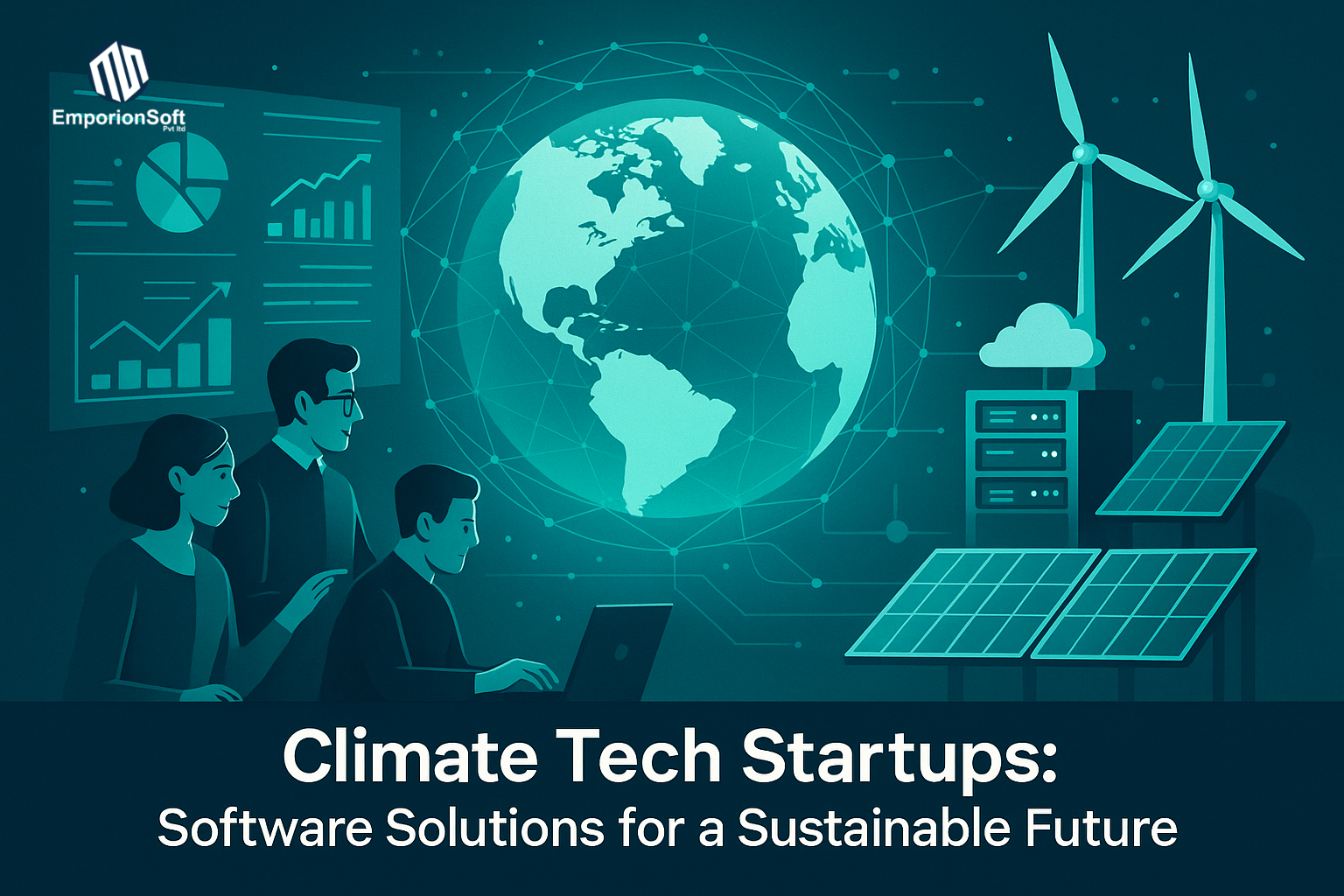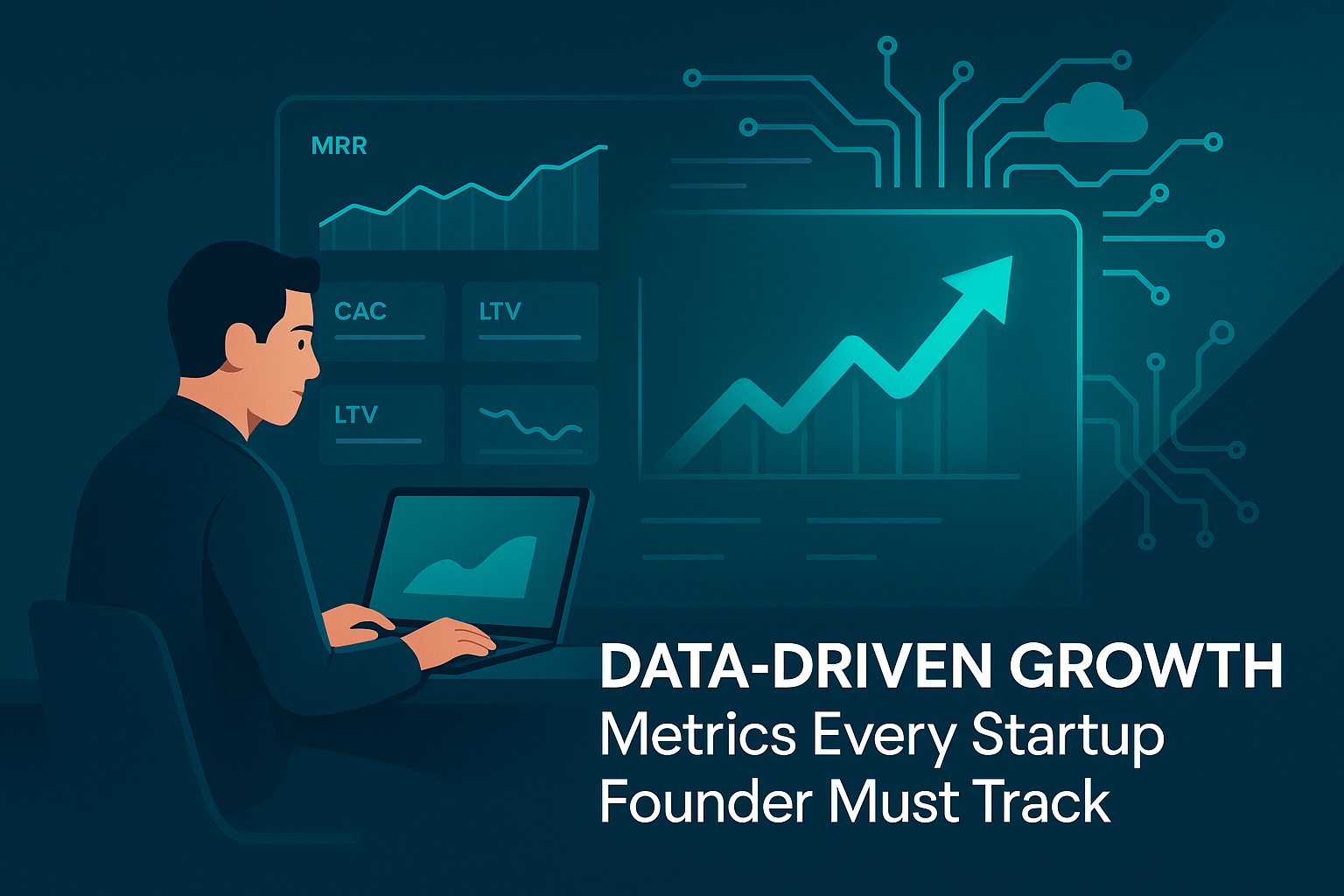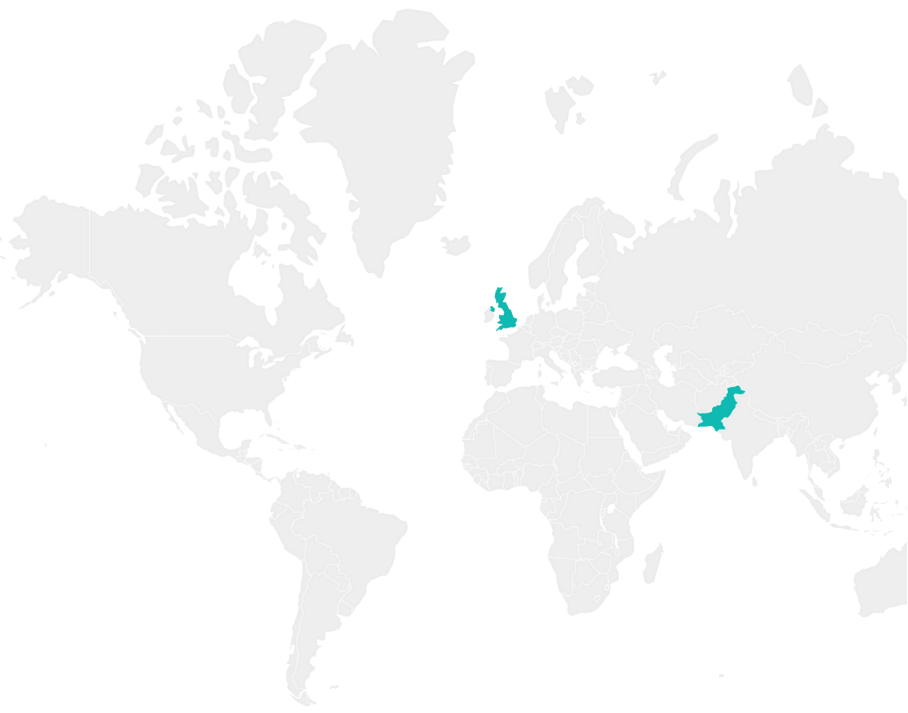In today’s digital-first world, software projects are producing data at an unprecedented rate. From mobile applications to IoT devices, and AI-powered platforms, the need to process and store vast volumes of real-time data has never been greater. Yet, many traditional databases simply cannot keep up with the demands of modern data-driven development.
This is where data lakes come into play. Unlike conventional data warehouses, which rely on structured formats and predefined schemas, data lakes offer flexible, low-cost storage for vast amounts of raw, unstructured, and semi-structured data. When comparing a data lake vs data warehouse, the distinction is clear: warehouses are rigid and optimised for specific queries, whereas data lakes are fluid, scalable, and built for exploration and innovation.
For companies aiming to build responsive and intelligent systems, embracing real-time data processing is no longer optional. Whether you’re scaling a platform for global users or integrating AI and machine learning, the underlying data architecture must support software scalability and agility. This is precisely where the power of data lakes shines — providing the technical foundation for scalable, insight-rich applications.
At EmporionSoft, we help forward-thinking businesses tap into this potential by designing and implementing intelligent data solutions. From scalable storage strategies to actionable analytics, our services are built to meet the evolving needs of modern development. You can explore how we deliver value to clients worldwide through our insights, where we regularly cover topics shaping the future of software.
As AWS explains in its official Data Lake Guide, the ability to store every kind of data—regardless of format—has redefined the rules of data architecture.
In the next section, we’ll explore the key benefits of using data lakes in software projects and how they’re transforming the development lifecycle from the ground up.
Why Data Lakes Are Revolutionising Software Scalability
As software systems evolve to support increasingly complex and data-intensive use cases, data lakes have emerged as a critical enabler of growth. Their ability to scale effortlessly, store diverse data types, and power advanced analytics has made them indispensable to modern big data architecture. For developers and enterprises alike, data lakes offer far more than just storage — they offer a foundation for intelligent, adaptive, and scalable software.
Unlike traditional relational databases, data lakes are designed to ingest and manage unstructured data such as images, logs, social media feeds, and IoT signals. This flexibility empowers teams to collect information in its raw form and apply structure later, enabling faster experimentation, broader insights, and more efficient iteration cycles.
One of the most compelling benefits lies in their seamless integration with real-time analytics platforms. When paired with engines like Apache Spark or machine learning frameworks, data lakes become dynamic hubs for predictive models, personalisation algorithms, and automated decision-making. This is particularly powerful in industries like e-commerce, fintech, and healthcare — where timely, data-driven insights can drive competitive advantage.
At EmporionSoft, we’ve supported numerous clients in designing scalable systems powered by intelligent data architectures. Visit our Case Studies to see how real-world solutions come to life, and learn more about our mission on the About Us page.
📦 Top 3 Reasons Why Developers Choose Data Lakes
🌍 Scalable and cost-effective cloud storage
🔍 Effortless handling of structured and unstructured data
⚡ Fast integration with AI, ML, and BI tools
🔑 Key Features That Empower Scalable Development
-
Elastic Storage Capacity: Expand capacity on-demand without restructuring the database.
-
Support for All Data Types: JSON, XML, video, audio, images, logs — all in one place.
-
Seamless Integration with Analytical Engines: Enables real-time dashboards and ML models.
-
Schema-on-Read Capability: Avoids upfront structuring, ideal for agile environments.
-
Cost-Efficiency: Store petabytes of data with minimal overhead using cloud-native solutions.
A prime example of data lake efficiency is seen in Databricks’ Lakehouse architecture, which blends the best of data lakes and data warehouses to provide unified analytics (Databricks official guide).
As we move forward, the technical foundations behind these capabilities become increasingly relevant. In the next section, we’ll explore the core technologies powering modern data lakes — and why they’re reshaping how software systems are built.
How Modern Tech Powers Data Lakes in Software Development
Modern software development demands data systems that are not only scalable but also highly adaptable. At the core of this transformation lies a suite of technologies that enable data lakes to store, process, and deliver value from massive and varied datasets. These technologies collectively power what’s known as schema-on-read architecture — a flexible approach where data structure is applied only at the time of use, not during ingestion. This model is ideal for agile development environments and supports rapid iteration.
Rather than forcing data into rigid tables, schema-on-read allows teams to ingest raw, unstructured, or semi-structured data, and interpret it later according to evolving business needs. This approach is especially powerful when combined with cloud-native services and modern open-source tooling.
EmporionSoft routinely helps clients design these architectures from the ground up. For a deeper dive into real-world applications, explore our Consultation page or review use-case insights on Our Insights.
⚙️ Popular Tools Powering Scalable Data Lakes
1. Apache Hadoop
An open-source framework that provides distributed storage and processing of large data sets across clusters. Hadoop was one of the first to enable big data handling at scale, and remains relevant in batch processing use cases.
2. Amazon S3
A cloud-native object storage service used as a backend for most data lakes. Its high durability, infinite scalability, and pay-as-you-go model make it ideal for handling petabytes of raw data efficiently.
3. Delta Lake
An open-source storage layer from Databricks that brings ACID transaction support and time travel capabilities to data lakes. Delta Lake architecture resolves common problems like data corruption and duplicate reads.
4. Apache Spark
A powerful distributed computing engine used for real-time data processing and analytics. Spark supports multiple programming languages and easily integrates with Delta Lake, making it a favourite among developers (Apache Spark official site).
🧮 Tech Stack Comparison: Hadoop vs Spark
| Feature | Apache Hadoop | Apache Spark |
|---|---|---|
| Processing Type | Batch | Batch + Real-Time |
| Programming Models | Java-based MapReduce | Scala, Python, R, SQL |
| Speed | Slower | Up to 100x faster |
| Use Case | ETL, archival analytics | ML, real-time dashboards, ETL |
Beyond processing engines, data lakes rely on smart storage practices:
-
File Formats like Parquet and Avro allow efficient columnar storage and compression.
-
Storage Tiers help optimise costs by assigning frequently accessed data to “hot” storage, and rarely accessed data to “cold” or “archive” layers.
-
Metadata Management ensures that large datasets remain searchable, queryable, and discoverable.
Together, these components allow software teams to build robust, future-ready systems tailored to scale and adaptability.
In the following section, we’ll explore how these technologies integrate seamlessly into the software development lifecycle, from CI/CD pipelines to containerised environments.
Integrating Data Lakes into Your Development Workflow
In modern software engineering, integrating data architecture with development pipelines is no longer a luxury — it’s a necessity. For teams aiming to scale efficiently and deliver data-driven functionality, embedding data lakes directly into the software development lifecycle has become a game-changer. When built into DevOps data integration workflows, data lakes unlock powerful capabilities like real-time dashboards, data APIs, and machine learning feedback loops.
Unlike traditional models, data lakes do not exist in isolation. They thrive when plugged into containerised microservice architectures, CI/CD pipelines, and event-driven systems — all of which allow rapid deployment, automated testing, and scalable, low-latency performance.
At EmporionSoft, we help engineering teams seamlessly integrate data lakes into their digital ecosystem, delivering custom solutions that support analytics, automation, and intelligence at scale. Learn more about our end-to-end capabilities on the Services page or Contact Us to discuss your integration strategy.
🚀 DevOps Meets Data Lakes
The convergence of DevOps and data engineering is shaping a new development paradigm. By adopting containerised data environments and streamlining workflows around version control and automation, teams can deploy real-time data pipelines and analytical features alongside application code — without silos.
Key Integration Points Include:
-
CI/CD Pipelines
Automate ingestion, transformation, and validation of new data during deployment. -
Microservices & APIs
Each service can independently access the lake via APIs to query or process data. -
Containerisation with Docker & Kubernetes
Create reproducible data environments that scale across development and production.
Learn more about Kubernetes and data lake compatibility. -
Real-Time Dashboards
Feed visual dashboards using Spark Streaming or Flink for live monitoring. -
Predictive Models
Train ML models directly on fresh lake data, and deploy via integrated endpoints.
🧩 Typical Data Lake Integration Workflow
1. Source Data →
2. Ingestion via Apache NiFi / Kafka →
3. Raw Zone in Data Lake (S3, Hadoop) →
4. Processing with Apache Spark / Delta Lake →
5. Data API & ML Inference Layer →
6. Output to Dashboard / Frontend App
By embedding data lake logic directly into the software pipeline, teams reduce time-to-insight, improve observability, and deliver features that respond to real-world behaviours. From intelligent recommendation engines to compliance-ready audit logs, the integration unlocks a broad range of use cases.
Securing and Governing Your Data Lake
As data lakes become central to software systems, data governance and security must move to the forefront. Without the right safeguards in place, the flexibility of data lakes can quickly become a liability — opening the door to breaches, compliance violations, and reputational damage. For businesses operating in regulated industries or handling sensitive user data, the risks are too high to ignore.
Building scalable software on a data lake foundation requires more than just technical sophistication — it demands robust access controls, encryption, and lifecycle policies that ensure data integrity from ingestion to deletion. Whether you’re developing analytics platforms, AI features, or internal dashboards, protecting the data that fuels them is non-negotiable.
At EmporionSoft, we work with clients to design data lake environments that meet global regulatory standards and support secure scalability. Learn how we help ensure digital resilience by visiting our Privacy Policy or speak with our team directly through the Consultation page.
🔐 3 Must-Have Governance Features
Role-Based Access Controls (RBAC)
Grant precise permissions to users and services based on responsibility.
Encryption at Rest and In Transit
Apply end-to-end encryption using cloud-native tools like AWS KMS or Azure Key Vault.
Data Retention and Deletion Policies
Define when data should be archived or purged in alignment with compliance needs.
🛡️ Best Practices for Secure Data Lake Implementation
1. Role-Based Access and Identity Management
Implement granular permissions for developers, analysts, and systems. Tools like IAM (Identity and Access Management) ensure only authorised actors can access sensitive datasets.
2. Data Encryption in Cloud Environments
Protecting data both in transit and at rest is essential. Most cloud platforms support native encryption, but enforcing consistent key management practices is key to maintaining security at scale.
3. Compliance with Global Regulations
Whether your platform serves EU users or handles health records, compliance with frameworks like GDPR is essential. Data lakes should include audit trails, consent mechanisms, and automated data subject request handling.
4. Automated Lifecycle Policies
Configure tiered storage and deletion schedules based on data age, relevance, and legal mandates. This not only ensures compliance but also reduces cloud storage costs.
Governance isn’t just about avoiding penalties — it’s about maintaining trust with users and stakeholders while enabling developers to innovate securely. In the next section, we’ll explore the most common challenges teams face when scaling data lake-based software systems — and how to overcome them effectively.
Overcoming Common Data Lake Challenges
While data lakes offer unmatched flexibility and scalability, they are not without challenges — especially as systems grow more complex. Teams that rush implementation without a solid strategy often encounter performance bottlenecks, data swamps, and operational inefficiencies. Left unchecked, these issues can limit the very advantages data lakes are meant to deliver.
Understanding the potential pitfalls of cloud data lake solutions is the first step towards building sustainable, high-performance software. Scaling intelligently means addressing not just storage and compute, but also people, processes, and long-term maintainability.
At EmporionSoft, we regularly help businesses address these obstacles through smart design and strategic alignment. Explore some of these insights on our Our Insights page or see real-world outcomes in our Case Studies.
⚠️ Common Pitfalls and How to Fix Them
| Challenge | Solution |
|---|---|
| Performance bottlenecks | Implement partitioning, caching, and parallel query engines like Presto or Dremio |
| Data turning into a data swamp | Establish metadata catalogues (e.g., Apache Atlas), enforce ingestion standards |
| Uncontrolled cost in cloud | Use intelligent tiered storage and monitor usage with cost dashboards |
| Inconsistent schema definitions | Adopt schema versioning and clear governance processes |
| Lack of skilled professionals | Invest in training, documentation, and managed cloud services |
🧠 Smart Solutions for Scaling Smoothly
-
Metadata Management Systems
Tools like Glue, Hive Metastore, or Apache Atlas help maintain order, enabling discoverability and usability across teams. -
Performance Tuning
Apply file format optimisation (e.g., using Parquet), table partitioning, and query pushdown to reduce processing time. -
Managed Cloud Platforms
Choose a cloud partner like Google Cloud’s Data Lakes to offload infrastructure complexity and focus on innovation. -
Data Quality Frameworks
Use tools like Great Expectations or Deequ to automate validation and monitoring, preventing poor-quality data from polluting the lake. -
Operational Dashboards
Maintain visibility into lake health with real-time monitoring tools integrated with DevOps workflows.
The key to overcoming these issues lies in proactive design and long-term strategy. When properly managed, data lakes evolve from messy repositories into powerful, trusted sources of insight.
In the final section, we’ll look at emerging trends shaping the future of data lakes, and why EmporionSoft is your ideal partner for building scalable, secure, and data-driven software solutions.
What’s Next for Data Lakes in Software Development?
As the digital landscape evolves, data lakes continue to adapt — becoming more powerful, intelligent, and central to software development strategies. One of the most promising shifts is the rise of lakehouse architecture, a modern approach that merges the flexibility of data lakes with the performance of data warehouses. By combining both paradigms, teams can enjoy streamlined analytics, governance, and real-time performance, all within a unified data platform.
Another key trend shaping the data-driven software future is the integration of artificial intelligence. From real-time anomaly detection to intelligent recommendations, AI in data lakes enables businesses to extract deeper insights and automate complex decision-making processes at scale. These systems learn directly from vast volumes of historical and real-time data — turning raw inputs into actionable intelligence with minimal latency.
We’re also witnessing a move towards hybrid cloud data lakes, where businesses leverage multi-cloud and on-premises architectures to gain flexibility, enhance compliance, and reduce vendor lock-in. These environments enable software platforms to operate efficiently across geographies, legal jurisdictions, and infrastructure preferences — making scalability truly borderless.
You can learn more about these future-ready architectures through resources like Databricks’ lakehouse overview, which explores the convergence of data engineering, science, and warehousing.
🎯 Why Data Lakes Are Crucial for Scalable Software
Throughout this blog, we’ve explored how harnessing the power of data lakes for scalable data-driven software development enables:
-
Seamless storage and processing of structured and unstructured data
-
Integration with DevOps workflows and modern analytics pipelines
-
Enhanced security, governance, and compliance for critical data
-
Resilience and scalability through cutting-edge cloud-native tools
💡 Ready to Build the Future of Your Software?
Whether you’re planning a new platform or modernising legacy systems, data lakes provide the scalability and intelligence required to stay ahead in today’s competitive market.
EmporionSoft is your strategic partner in building secure, AI-ready, and performance-optimised software solutions powered by intelligent data infrastructures.
👉 Contact Us today to schedule a free consultation.
Explore our full range of Services and see how we turn data into a strategic asset — one lake at a time.
🔁 Back to Homepage | Insights | Privacy Policy


